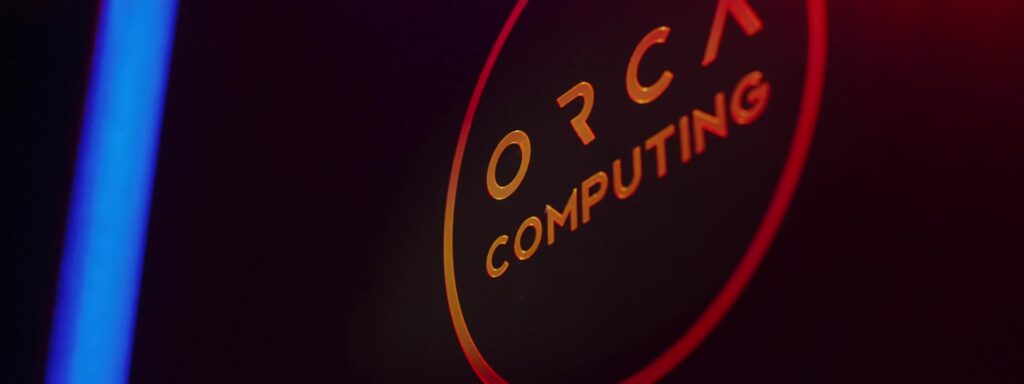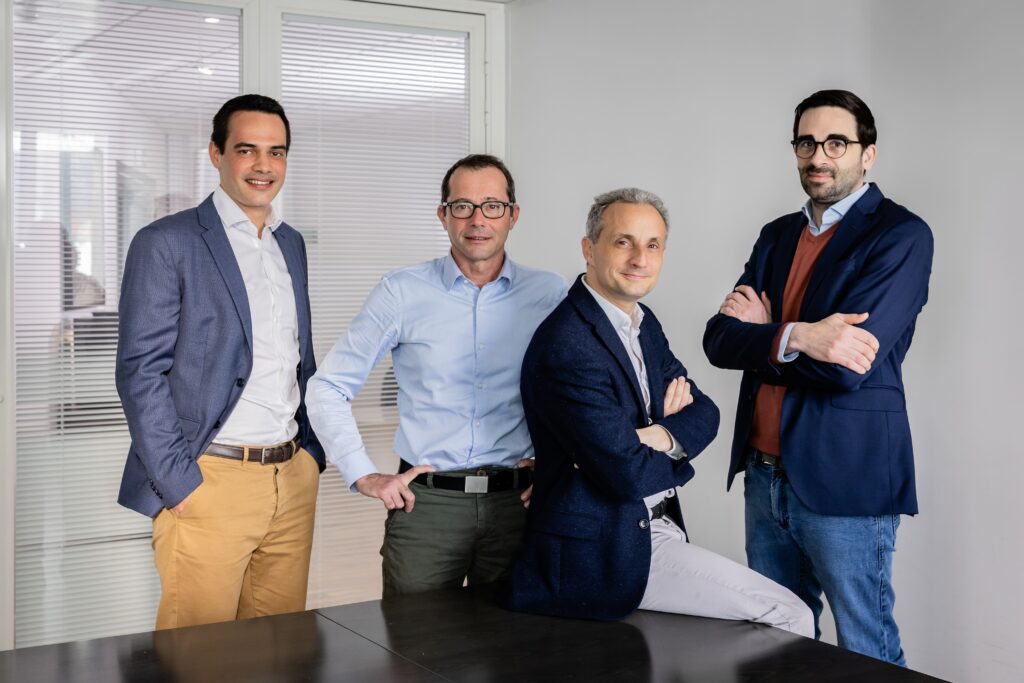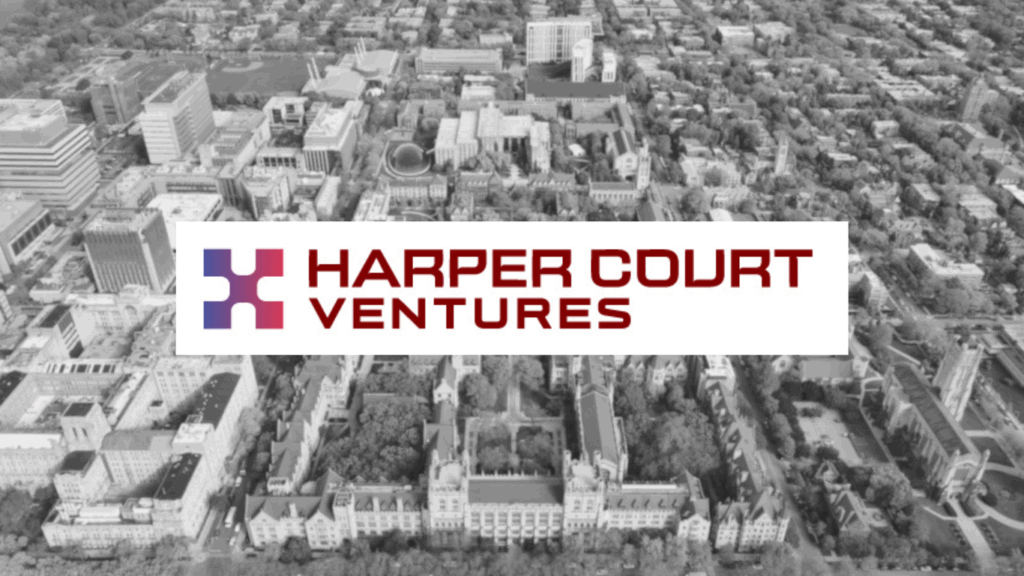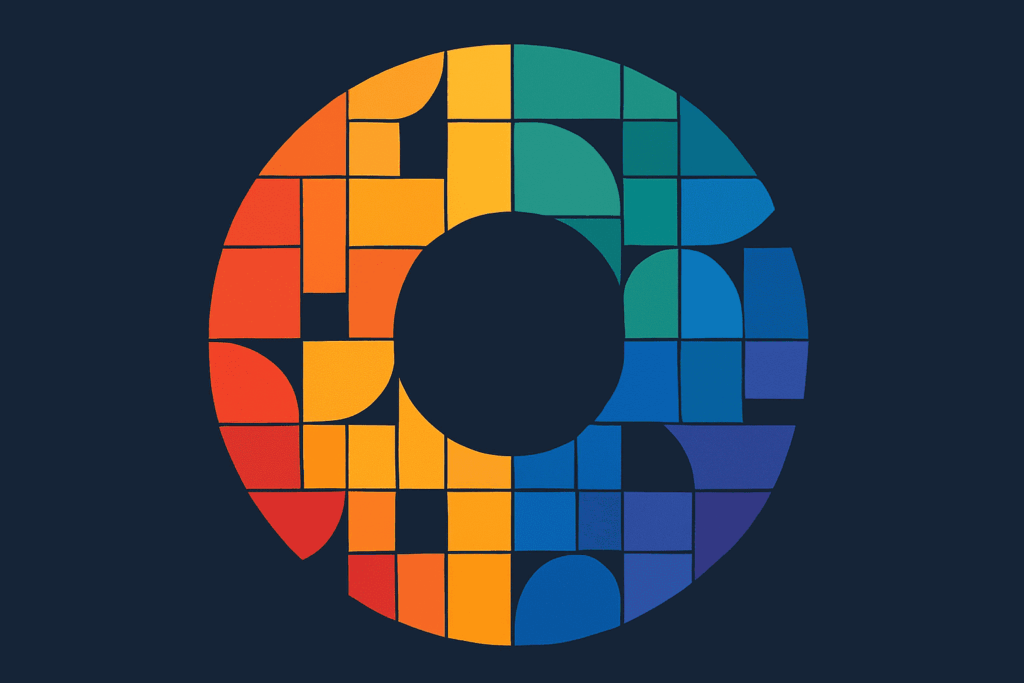Insider Brief
- Researchers demonstrated two-qubit entangling gates with 99.5% fidelity on 60 neutral atom qubits in parallel.
- Scientists from QuEra Computing, Harvard and MIT were involved in the research.
- The team reports the advance may have laid the groundwork for large-scale implementation of quantum algorithms, error-corrected circuits, and digital simulations.
PRESS RELEASE — QuEra Computing, the leader in neutral-atom quantum computers, today announced that a team of researchers from Harvard, MIT and QuEra successfully demonstrated two-qubit entangling gates with an unprecedented 99.5% fidelity on 60 neutral atom qubits in parallel. The quantum breakthrough is the result of an extensive test conducted by Harvard University’s Department of Physics and John A. Paulson School of Engineering and Applied Sciences, QuEra, and MIT’s Department of Physics and Research Laboratory of Electronics. The breakthrough was first reported in ArXiv, and the full research paper can be found here.
Performing entangling quantum operations with low error rates in a scalable fashion is a central element of useful quantum information processing. Neutral atom arrays have recently emerged as a promising quantum computing platform, featuring coherent control over hundreds of qubits and any-to-any gate connectivity in a flexible, dynamically reconfigurable architecture. Fidelities of above 99% (or below 1% error rates) are required to surpass quantum error-correcting thresholds, and previously, 97.5% was the highest fidelity achieved within this configuration. By enabling high-fidelity operation in a scalable, highly connected system, MIT, Harvard, and QuEra have laid the groundwork for large-scale implementation of quantum algorithms, error-corrected circuits, and digital simulations.
Key to this breakthrough in fidelity is the innovative approach to neutral atom-based quantum computing, which incorporates a range of cutting-edge techniques, including:

-
Optimal Control: Fast single-pulse gates based on optimal control, ensuring precision and efficiency in entangling operations.
-
Atomic Dark States: To reduce scattering and error rates, the team utilizes atomic dark states, a crucial element in achieving the remarkable 99.5% fidelity.
-
Enhanced Rydberg Excitation and Atom Cooling: Critical improvements in Rydberg excitation and atom cooling techniques further enhance the accuracy of quantum operations.
“We are thrilled to announce this groundbreaking achievement in collaboration with Harvard and MIT. Achieving a 99.5% fidelity rate on 60 neutral atom qubits is not just a technical milestone; it’s a critical step in our march towards large-scale fault-tolerant quantum computers,” said Alex Keesling, CEO of QuEra. “This level of fidelity surpasses the critical thresholds needed for quantum error correction, bringing us one step closer to realizing the full potential of quantum computing in tackling real-world challenges. It’s a testament to the power of collaboration and innovation that drives QuEra and our esteemed partners.”
For more market insights, check out our latest quantum computing news here.
















